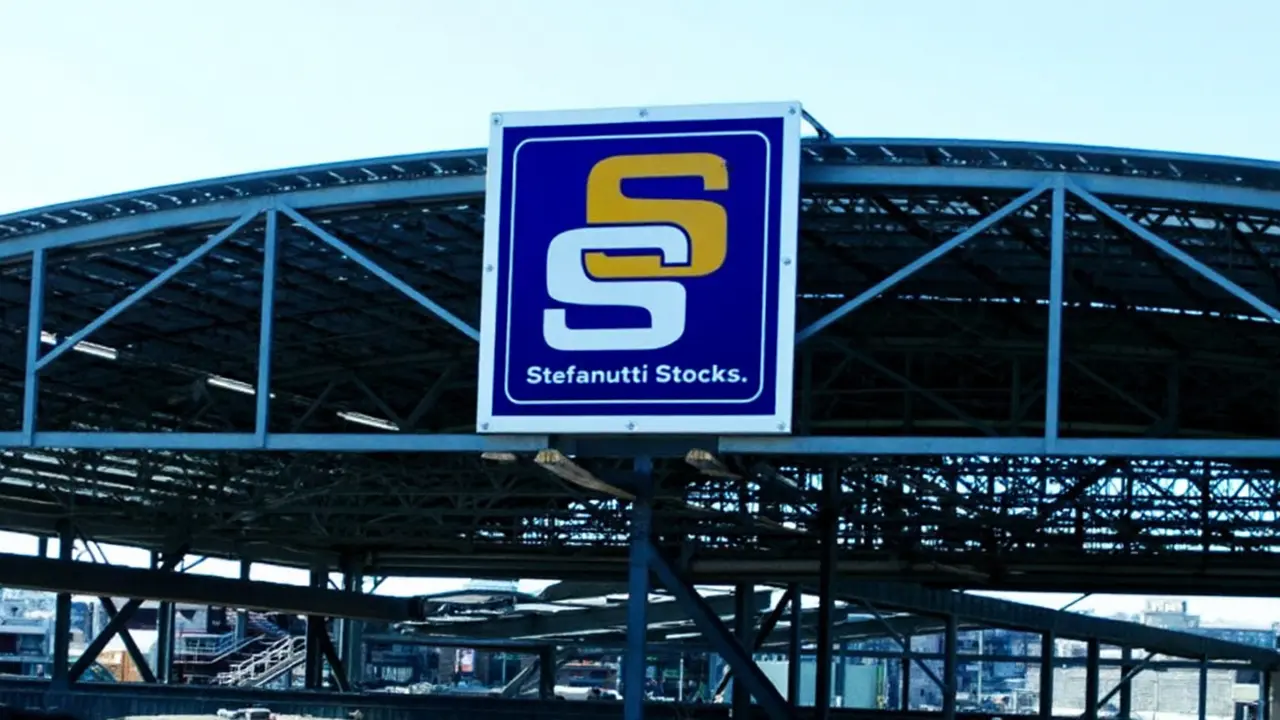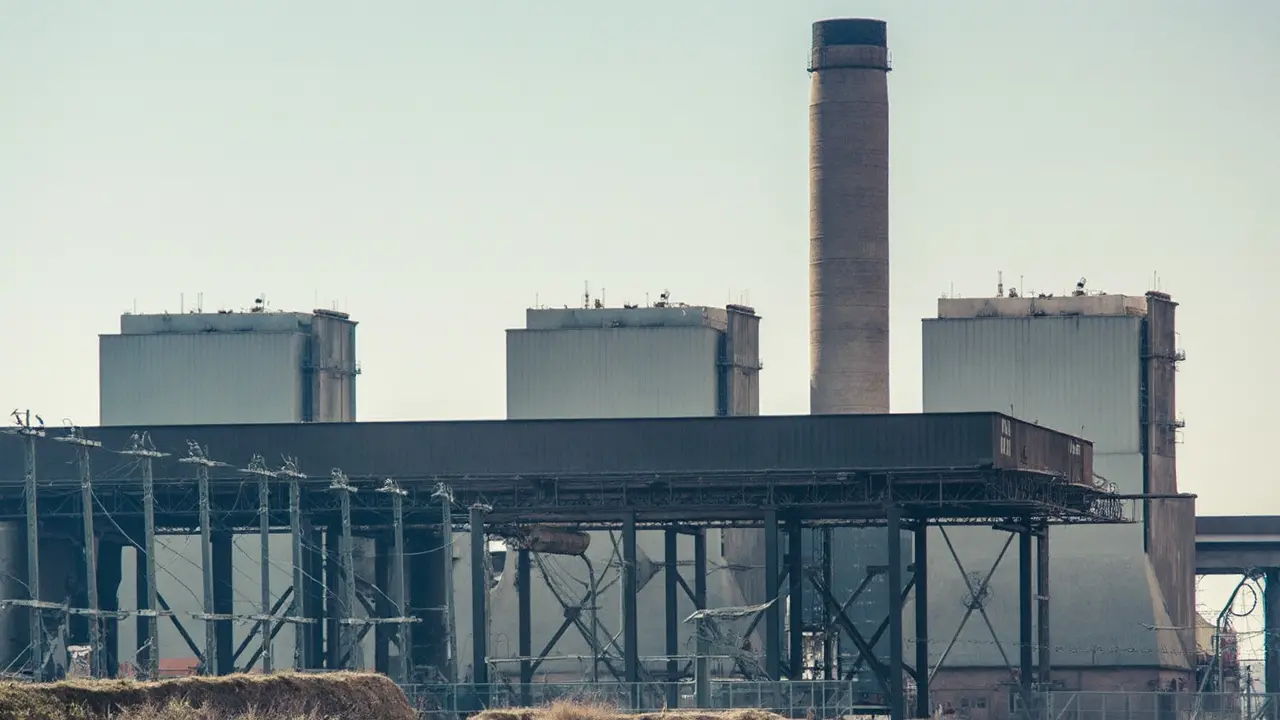Highs and Lows: Stefanutti Stocks’ Tumultuous Path in 2024
South Africa’s construction sector doesn’t usually make waves on the JSE, but Stefanutti Stocks is bucking that trend. Its share price has exploded—jumping a staggering 235% since January. What’s behind this sudden renaissance? After more than seven years in the red, Stefanutti reported a pre-tax profit, a milestone that sent shockwaves through an industry well accustomed to hearing bad news from this corner. Shares leapt from R1.26 to R4.22, grabbing the attention of investors who once wrote the company off as incapable of a turnaround.
This comeback wasn’t only about improved numbers. A long-standing and poisonous contract dispute with Eskom over the massive Kusile power station was finally resolved, removing both a financial cloud and a reputational anchor. The company’s leadership paired this with aggressive restructuring, hoping to inject stability after years of lurching from crisis to crisis.

The Shadow of Debt Still Lingers
But dig a little deeper and things still look precarious. Stefanutti’s books reveal a tough truth—current liabilities overshoot current assets by R1.136 billion. Add it all up, and total liabilities outpace total assets by R52 million. Those are not just accounting quirks; they reflect ongoing liquidity pressures that make survival anything but guaranteed unless turnaround efforts continue at pace.
To keep the ship afloat, the company went back to its lenders. After tough negotiation, it secured some breathing room—a new schedule to repay loans, stretching them out until June 2025. It’s a lifeline, but not exactly a signal that the financial ground is rock-solid.
An advantage Stefanutti can bank on is its BBBEE Level 1 status. As South Africa gears up for a wave of new government-backed infrastructure spending—think renewable energy, mining support, and data center builds—this level of empowerment gives Stefanutti a crucial edge. Government contracts could be a game changer, at least if the company is able to secure them.
There’s no smooth sailing in the regional figures. The Western Cape delivered a spectacular 62% revenue jump, but things were far more subdued inland, with growth there crawling at just 32%. This patchiness is another sign that while parts of the business are humming, others are still finding their feet.
Analysts aren’t exactly rolling out the red carpet, either. They see a high-risk bet—a business exposed on the debt side, still in transition, but with some potential upside if South Africa’s promised infrastructure programs turn from policy speeches into signed projects. Investors chasing fast gains might see gold, but those looking for lasting stability will be watching closely over the next few quarters.







